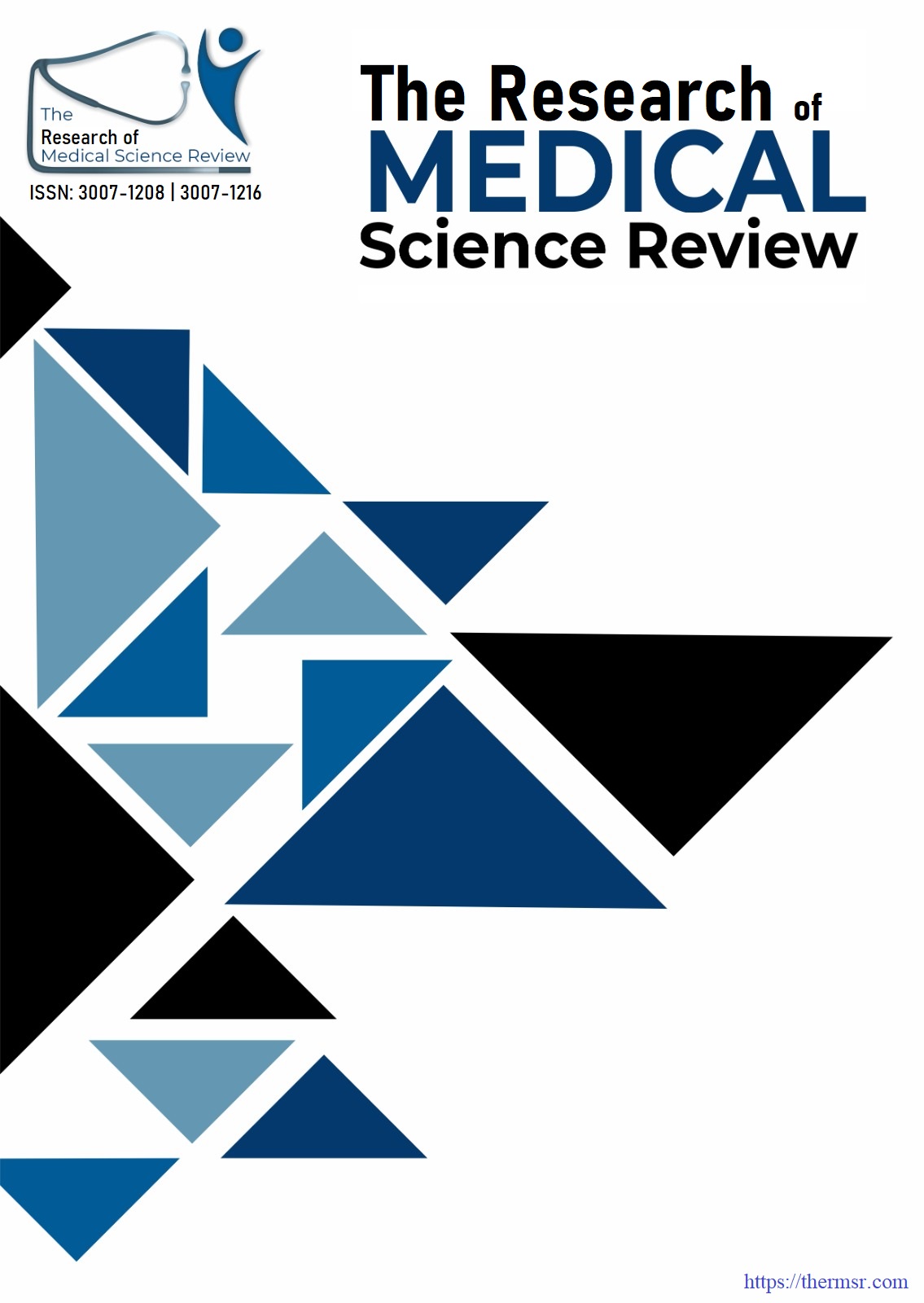PREVALENCE OF GUILLAIN-BARRE SYNDROME IN ACUTE FLACCID PARALYSIS IN PATIENTS PRESENTED TO PEDIATRIC WARD CIVIL HOSPITAL SUKKUR
Keywords:
Acute Flaccid Paralysis, Guillain Barré Syndrome, Children, PrevalenceAbstract
Objective: To determine the frequency of Guillain-Barre Syndrome (GBS) in children presenting with acute flaccid paralysis at GMC Sukkur. Methods: A cross-sectional study was conducted in the Department of Pediatric Medicine at GMC Sukkur from 1st March to 31th August 2024, using nonprobability consecutive sampling. The study included children aged 1–15 years of either gender with acute flaccid paralysis (AFP) of sudden onset. Children with pseudoparalysis, viral myositis, congenital neurological deficits, syndromic conditions, or congenital anomalies were excluded to reduce bias. After ethical approval, data were collected from eligible patients at GMC Sukkur. Demographic and clinical information, including age, weight, illness duration, and immunization history, was recorded. Standard tools were used for anthropometric measurements. Neurological examination and investigations like CBC, CRP, blood culture, and CPK were performed. Suspected GBS cases underwent further testing, including CSF analysis and spinal MRI. Stool samples were sent to NIH Islamabad for polio testing. Diagnoses were based on clinical and laboratory findings. All tests were free or funded, and data were documented using a structured proforma. Results: The study included 149 children with acute flaccid paralysis (AFP), of whom 89 were males (59.7%) and 60 were females (40.3%). The mean age was 11.04 ± 2.50 years, with a mean weight of 35.45 ± 10.03 kg and height of 120.12 ± 23.07 cm. A majority of the children (81.9%) were from rural areas. The most common AFP diagnosis was Guillain-Barré Syndrome (GBS) at 47.0%, followed by traumatic neuritis (38.9%), transverse myelitis (12.8%), and poliomyelitis (1.3%). Maternal education levels varied, with a skew toward higher education (22.1% graduate, 24.8% matriculation). Socioeconomic status showed that 53.0% of children came from lower socioeconomic backgrounds, 26.8% from middle class, and 20.1% from upper class. The mean illness duration was 39.76 ± 10.21 days. A significant gender difference was found in AFP subtypes, with GBS more prevalent in males (p = .027), and transverse myelitis more common in females. Socioeconomic status was also linked to AFP patterns (p = .011), with more cases in lower socioeconomic groups. Females had a slightly longer illness duration (41.33 ± 10.44 days) compared to males (38.70 ± 9.97 days), although this difference was not statistically significant (p = .122). Conclusion: The study found that Guillain-Barré Syndrome (GBS) was the most common cause of acute flaccid paralysis (AFP) in the study. The higher prevalence of GBS in males, as observed in this study, suggests potential gender related differences in susceptibility or healthcare-seeking behavior. This finding aligns with other studies, indicating that GBS is a significant contributor to AFP, particularly in regions where polio has been largely eradicated.
Downloads
Downloads
Published
Issue
Section
License

This work is licensed under a Creative Commons Attribution-NonCommercial-NoDerivatives 4.0 International License.















